As I wandered across the stark volcanic landscape in northern Lanzarote, I caught glimpses of people ahead of me disappearing into the earth. Cueva de los Verdes stretches for 6 kilometers—a lava tube carved by eruptions over 4,000 years ago. This place isn’t just a cave; it’s an underground adventure through one of nature’s wildest creations.
There’s an air of mystery here, too. Deep inside, guides keep a little secret that has startled and delighted visitors for decades.
Stepping down into the darkness, I realized these tunnels hold more than just volcanic rock. Centuries ago, locals hid from pirates here, and today, there’s even an underground concert hall with a grand piano.
Colored lights cast a surreal glow on the lava, making the place feel like a portal to the earth’s core.
My 50-minute guided tour twisted through the labyrinth, and I finally understood why Cueva de los Verdes is a must-see in Lanzarote. I learned about the volcanic forces that shaped the tunnels and saw the famous mirror lake illusion. Every bend brought something unexpected.
It stays a pleasant 20°C down here all year, so I didn’t have to worry about the weather outside.
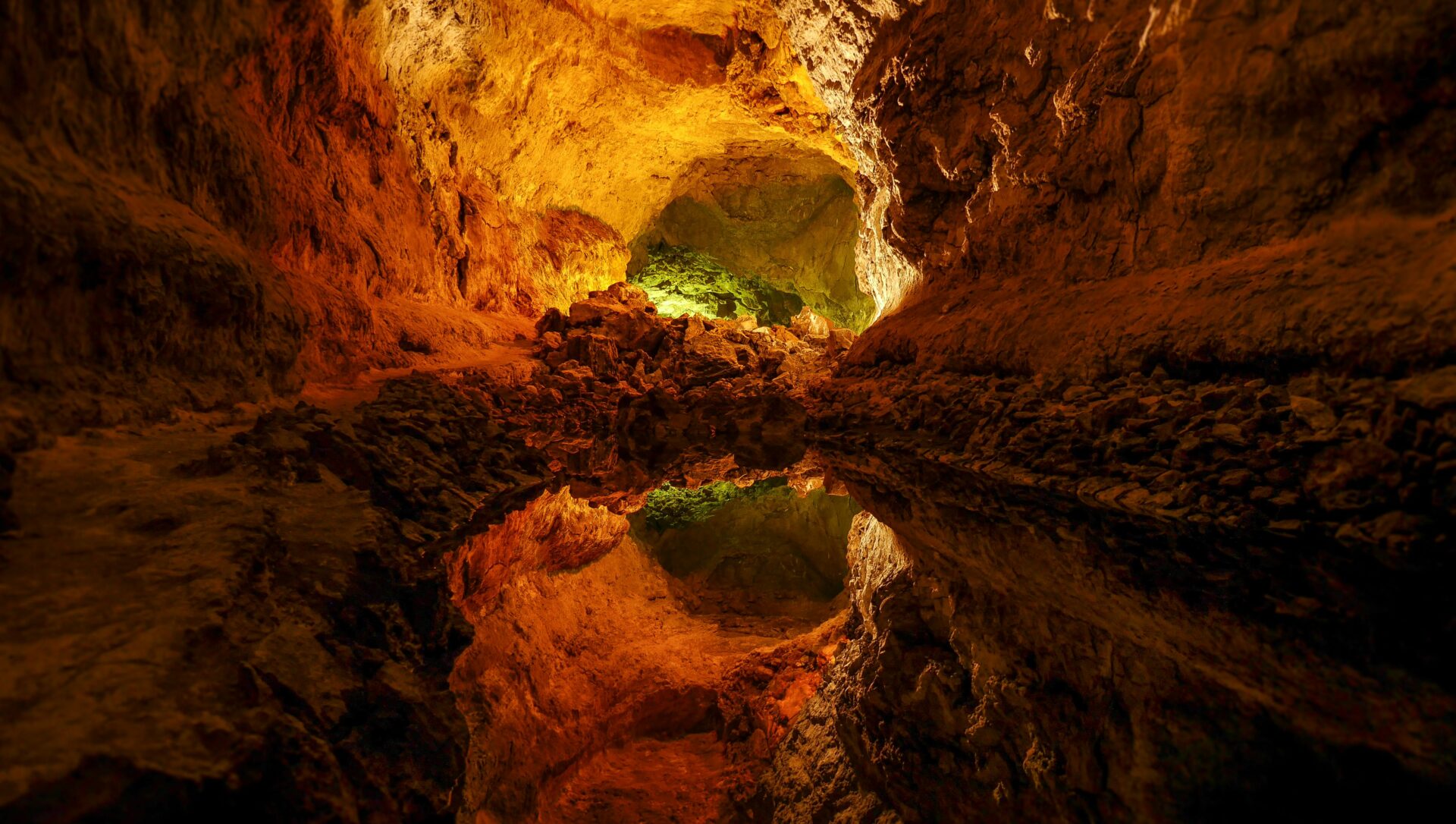
Discovering Cueva de los Verdes: The Green Caves
You’ll find Cueva de los Verdes in the northern municipality of Haría, about 30 kilometers from Arrecife. The caves run daily guided tours, and the surrounding area offers plenty to explore.
Location and Accessibility
Cueva de los Verdes sits off the LZ-204 road, tucked in northern Lanzarote. It’s not far from other top spots like Jameos del Agua.
From Arrecife, I took the LZ-1 highway north for around 25 kilometers. The drive took about half an hour, winding through Lanzarote’s volcanic landscape.
At Arrieta, I headed toward Punta Mujeres and found the turn-off for LZ-204. The signs were easy enough to spot.
There’s a parking lot right at the site. I parked my rental car there, and noticed tour buses use it too—so getting there early definitely helped me beat the crowds.
Getting There:
- By car: LZ-1 north to Arrieta, then LZ-204
- Distance from Arrecife: 30 km (about 30 minutes)
- Parking: Free on-site
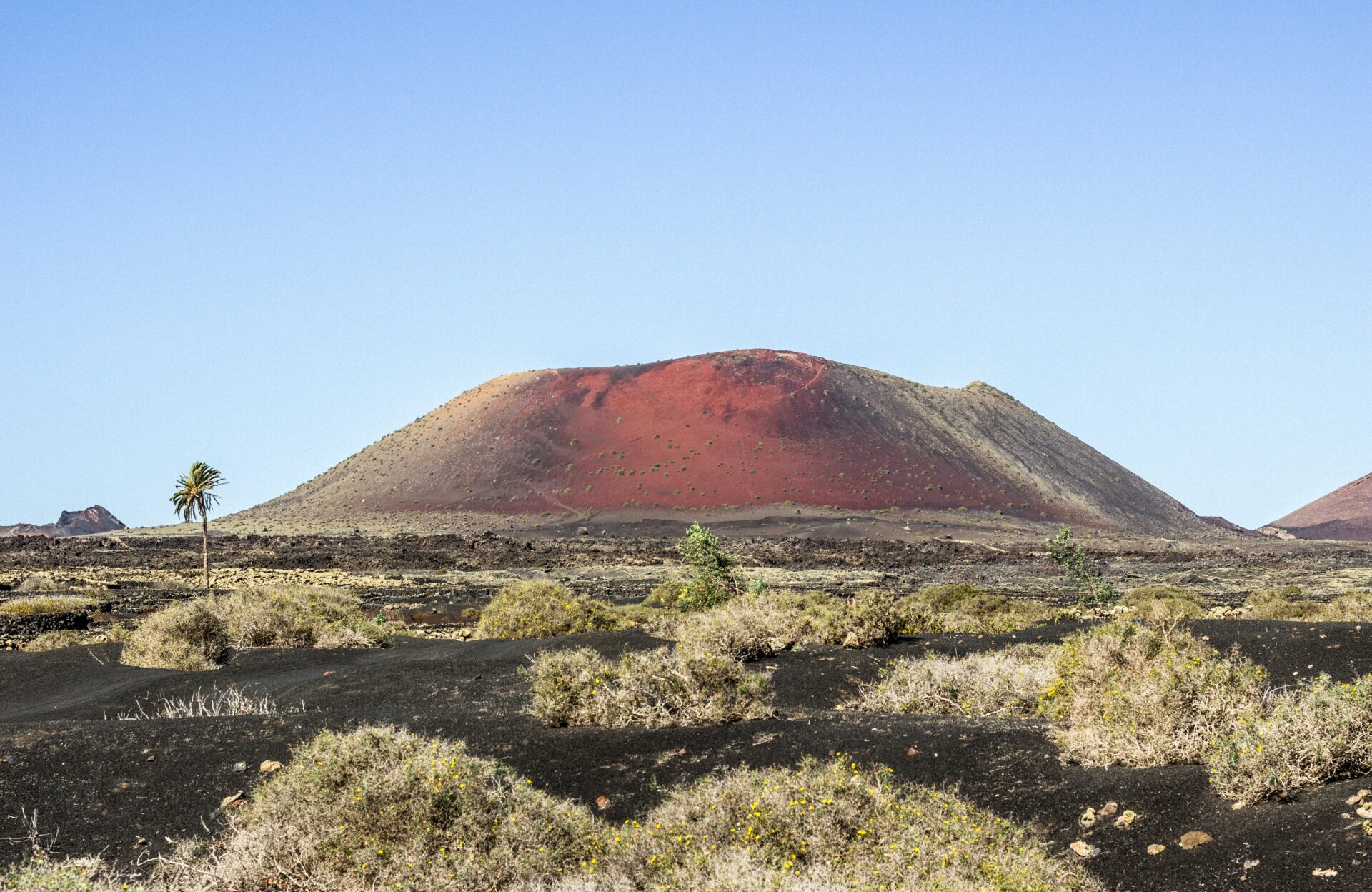
Essential Visitor Information
The caves open daily from 10:00 to 18:00, and during summer, they stay open until 19:00. I bought my ticket at the entrance—just 9 euros for adults.
Tours run throughout the day, with the last one starting an hour before closing. Each tour covers about 1.3 kilometers inside the lava tube and lasts an hour.
I wore sturdy walking shoes, which turned out to be a smart choice. Stairs and tight spots make high heels or flip-flops a terrible idea.
Quick Facts:
- Adult tickets: €9.00
- Children (7-12): €4.50
- Tour duration: 1 hour
- Distance walked: 1.3 km
Afternoon tours after 3 PM seemed quieter. If you like a little more space, that’s the time to go.
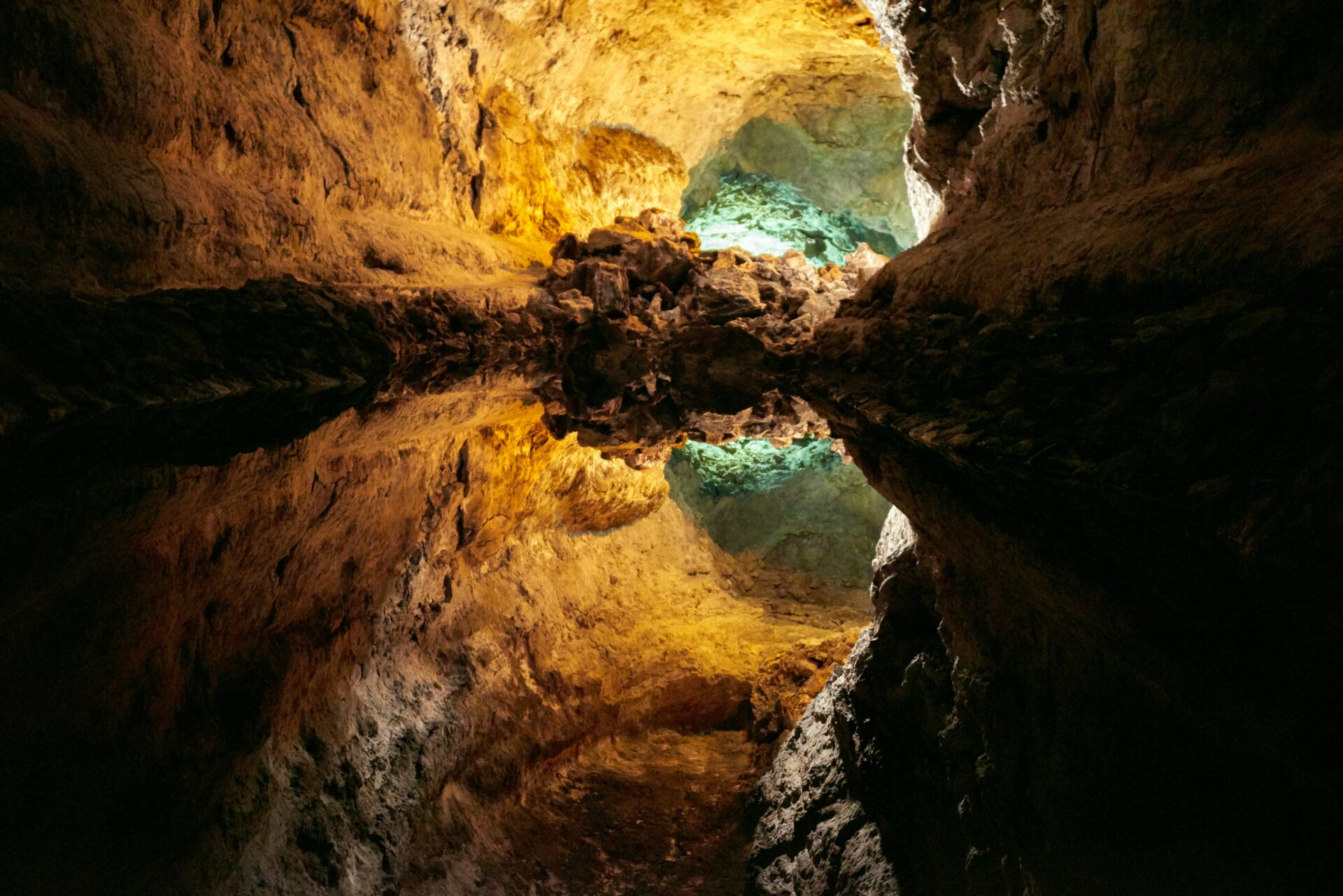
Haría and the Surrounding Area
Haría covers much of northern Lanzarote and feels a world away from the busy southern resorts.
The town itself sits inland and shows off classic Canarian architecture. Black lava fields surround green valleys, making for some dramatic scenery.
After the caves, I drove up to Mirador del Río. The view over La Graciosa island is unreal—definitely worth the extra few kilometers north.
This part of the island feels raw and untamed. The caves blend right into the volcanic environment, and you can almost sense the island’s history under your feet.
Nearby, you’ve got Jameos del Agua and the fishing village of Arrieta. It’s easy to fill a whole day exploring just this corner of Lanzarote.
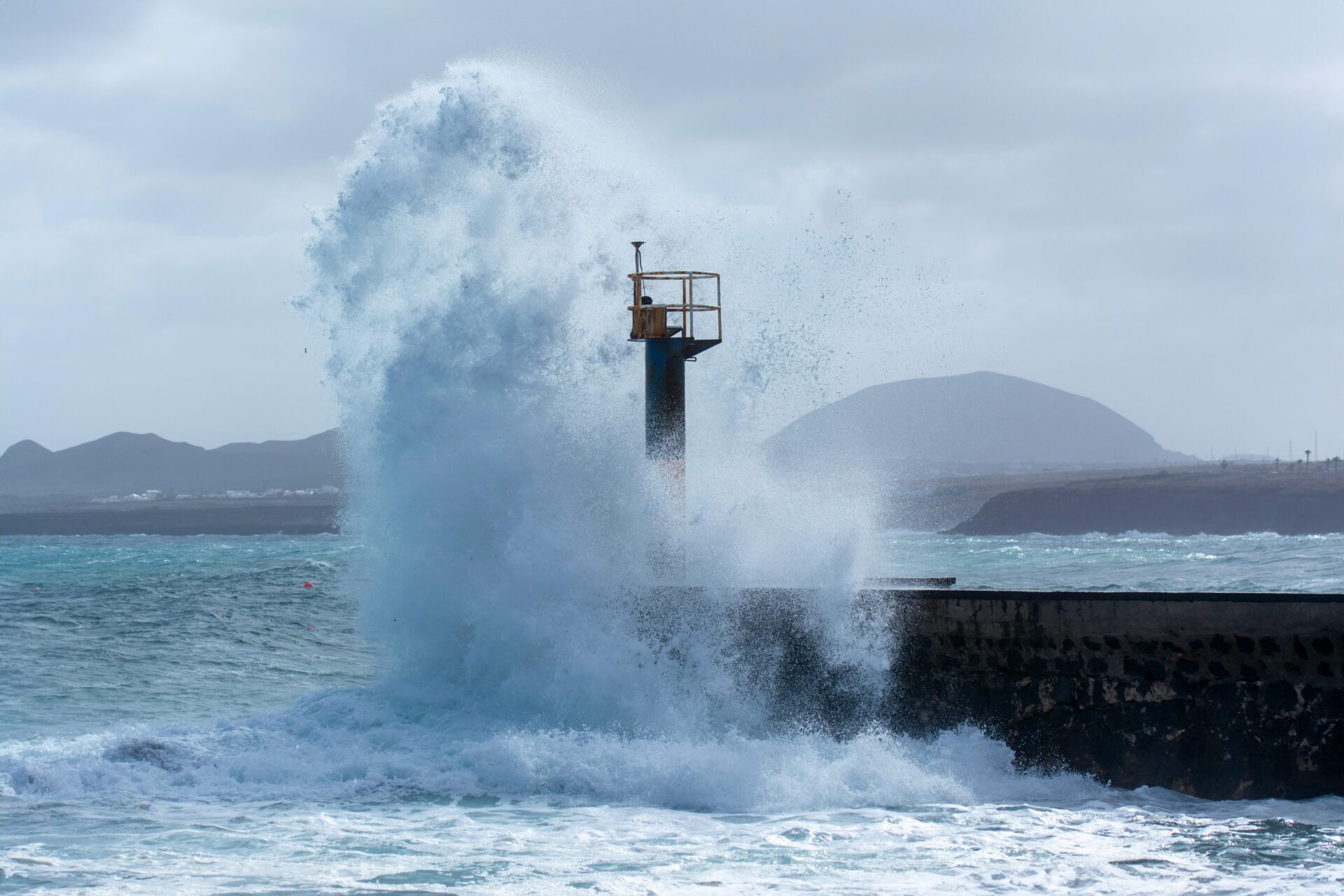
The Geological Marvel: Formation and Structure
Cueva de los Verdes stands out as one of the Canary Islands’ most impressive volcanic creations. Ancient eruptions shaped this underground network, leaving unique rock formations that have evolved over thousands of years.
Origins from La Corona Volcano
Cueva de los Verdes owes its existence to La Corona volcano. This volcano erupted between 3,000 and 5,000 years ago in northern Lanzarote.
That eruption sent massive lava flows tearing across the land. The molten rock carved out the foundation for the tunnels I walked through.
La Corona’s eruption created one of the world’s longest volcanic tunnel systems. The lava traveled all the way from the volcano to the ocean, leaving a 6-kilometer underground passage.
It’s wild to think that a single eruption could shape such a huge network. The volcanic activity here happened long before the famous Timanfaya eruptions.

Lava Tubes and Volcanic Tunnels
Watching how lava tubes form blew my mind. When hot lava flows, the outer layer cools and hardens while the inside keeps moving.
Once the eruption stops, the leftover liquid lava drains out. That leaves behind hollow tunnels—the caves I explored.
The volcanic landscape stretches far beyond what you see on the tour. The full tunnel runs over 6 kilometers from La Corona to the sea.
| Tunnel Features | Measurements |
|---|---|
| Total Length | 6+ kilometers |
| Accessible Section | ~1 kilometer |
| Average Height | 2-6 meters |
| Average Width | 3-15 meters |
Cueva de los Verdes actually links up with Jameos del Agua through this same tunnel system. The geological formations create one long, continuous underground path.

Rock Formations and Stalactites
Inside, the rock formations grabbed my attention with their smooth, flowing shapes. These volcanic chambers don’t look like limestone caves—the textures come from cooling lava, not dripping water.
I spotted ropey patterns on the walls, known as pahoehoe lava. The surfaces look almost liquid, frozen at the moment the rock cooled.
Stalactites here form from dripping lava, not minerals. They’re shorter and chunkier than you’d find in a typical cave.
Gas bubbles left odd pockets in the ceiling during cooling. Some of these spots let in natural light, creating skylights and strange shapes.
Smooth lava benches line the walls, perfect for sitting and taking it all in. The geological wonders here really show how volcanic power can make something unexpectedly beautiful.
The lighting system highlights these shapes without damaging them. I could see how every formation tells a bit of the eruption’s story.

Inside the Labyrinth: The Guided Cueva de los Verdes Tour
The guided tour follows a 1.3-kilometer circular route, with lighting that turns the volcanic tube into an underground spectacle. Tours last about an hour, and comfortable shoes are a must—some passages are tight and ceilings get low.
What to Expect on a Guided Tour
The tours run daily from 10:00 to 18:00, with summer hours stretching to 19:00.
The last group heads in an hour before closing. I noticed summer gets packed, so going after 3 PM gave me a little more breathing room.
The route covers about 1.3 kilometers through the lava tube. Expect some ups and downs, narrow corridors, and a few spots where you’ll need to duck.
Seriously, wear good shoes. I saw people wobbling in flip-flops, and it’s not the place for that.
Guides keep the pace steady and share stories about the tube’s formation from the Corona volcano eruption.
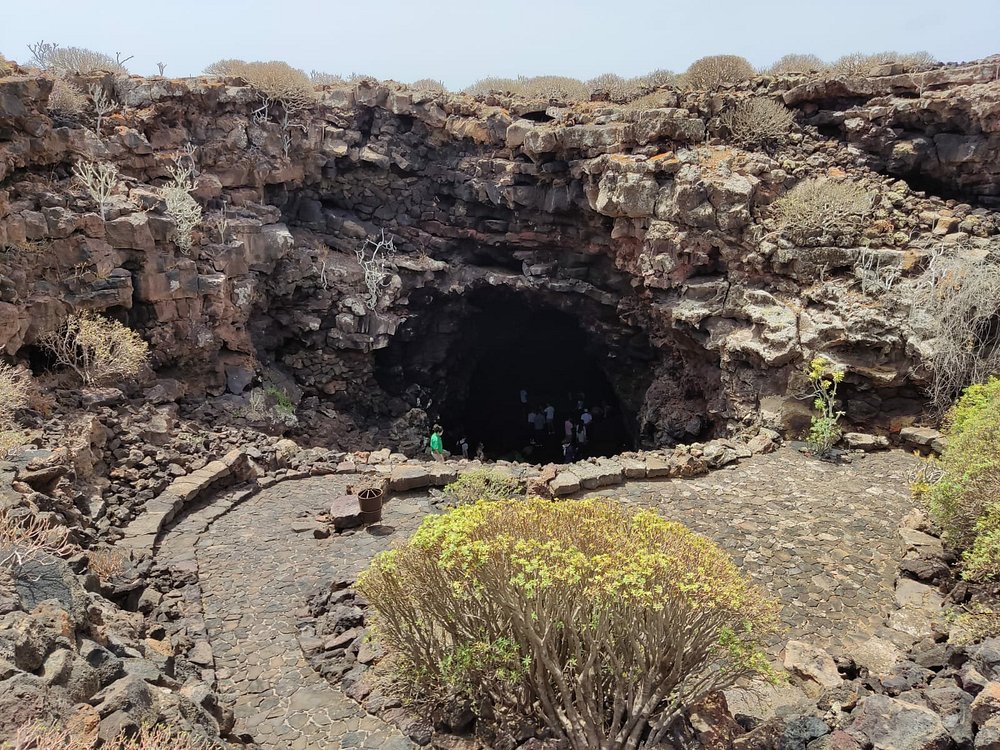
Notable Chambers and Pathways
The lava tube stretches 6 kilometers above sea level and continues another 1.5 kilometers underwater as the Atlantida Tunnel. That makes it the longest volcanic submarine lava tube on the planet.
Walking through the chambers, I saw how different lava flows left their mark. Distinct layers tell the story of eruptions that happened thousands of years apart.
There’s even an original concert hall deep inside—a first for Lanzarote. Before Jameos del Agua opened its bigger hall, musicians played right here.
The passages connect directly to Jameos del Agua. You actually enter through a jameo, which is just a natural opening in the volcanic rock.
And then there’s the “secret.” Every tour ends with this little surprise, and the guides are pros at keeping you guessing.

Lighting Effects and Aesthetic Enhancements
They installed the lighting system back in 1964. Jesús Soto led the design and development inside the cave.
Soto worked with César Manrique on other projects too, like Jameos del Agua. Together, they shaped the look and feel of Lanzarote’s volcanic attractions.
The lighting really sets the mood. I saw rock colors shift from reds and ochres to deep, shiny blacks.
Shadows and highlights make the cave’s architecture pop. Strategic light placement draws your eye to the smooth, lava-formed walls.
Instead of a dark tunnel, the lighting transforms the cave into something magical. Each chamber gets its own vibe, and the volcanic textures come alive.
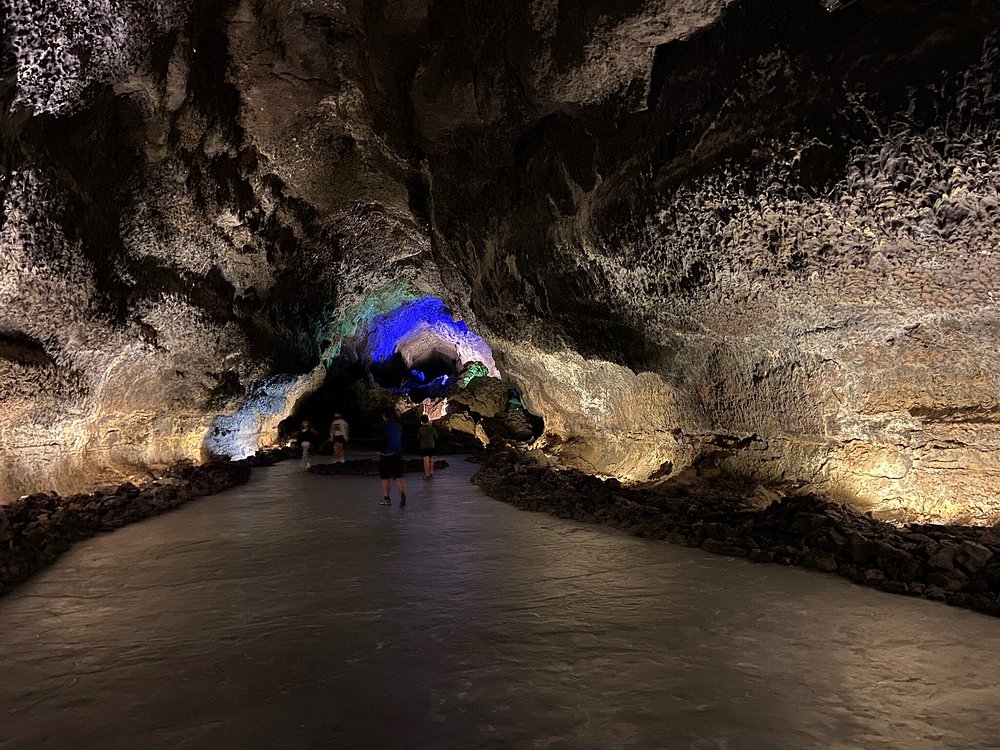
History and Secrets of Cueva de los Verdes
This ancient lava tube holds centuries of stories, from its days as a secret refuge to the optical illusion that still fools visitors. The cave connects with Jameos del Agua, forming a volcanic network that’s woven into Lanzarote’s culture.
Historical Refuge from Pirates
Locals used these caves as a hiding place during Lanzarote’s rougher times. Pirates and raiders often attacked, and families took shelter in these underground passages.
The Guanches, Lanzarote’s aboriginal people, knew the caves well. They recognized the value of this hidden network thousands of years ago.
Later on, locals kept using the caves during pirate raids. There’s even a chamber nicknamed “The Refuge” because it sheltered so many people.
This is why Teguise, inland, became the original capital—the coast was just too risky.
The cave’s entrance sits hidden from the sea. Raiders couldn’t easily spot anyone hiding in the tunnels.

The Little Secret Revealed
Every tour wraps up with a special surprise, but I won’t spoil the details. There’s a famous optical illusion down here that has wowed visitors since the ’60s.
It involves what looks like an underground lake. The guides save this reveal for last, and it’s always a crowd-pleaser.
The trick works thanks to the way light bounces around in the cave. In the dim glow, your eyes can’t quite trust what they see.
I watched people reach out, convinced there was water in front of them. The guides know how to build suspense and pick the perfect moment to reveal the truth.

Cultural Significance and Conservation
The caves link with Jameos del Agua, creating a 6-kilometer volcanic tunnel. It’s one of the world’s longest volcanic galleries.
César Manrique shaped the visitor experience here. While Jesús Soto designed the lighting, Manrique’s vision of working with nature guided the whole project.
The lighting doesn’t overpower the cave’s natural beauty. You barely notice any human touch at all.
Scientists keep studying this lava tube for its geological significance. The formation dates back about 4,000 years, when Montaña La Corona erupted.
Conservation efforts protect both the cave and its rare blind albino crabs. These little creatures live in the Jameos del Agua section.
The site opened to the public in 1964, and balancing tourism with preservation remains a priority.

Connecting Wonders: Linking to Lanzarote’s Volcanic Sites
Cueva de los Verdes sits in the perfect spot for exploring Lanzarote’s northern volcanic wonders. The cave connects to the same tunnel system as Jameos del Agua, and Mirador del Río is just up the road, offering jaw-dropping views of La Graciosa island.
Jameos del Agua and the Volcanic Tunnel System
When I first explored Lanzarote, I stumbled onto something wild—Cueva de los Verdes is actually part of this enormous volcanic tunnel born from La Corona volcano. The whole underground network runs for over 6 kilometers, which honestly blew my mind.
Jameos del Agua? It’s barely a kilometer from Cueva de los Verdes. Both spots sit inside the same ancient lava tube, carved out thousands of years ago.
The tunnels snake all the way from La Corona volcano right down to the Atlantic. At some point, César Manrique stepped in and turned part of this natural wonder into the stunning Jameos del Agua.
Key Differences:
- Cueva de los Verdes: You get a natural cave tour, dramatic lighting, and a sense of adventure.
- Jameos del Agua: Here, Manrique worked his magic—think art, tranquil pools, and lush gardens tucked inside the earth.
If you can, visit both places in a single day. I’ve noticed the combined ticket saves you a bit compared to buying them separately.
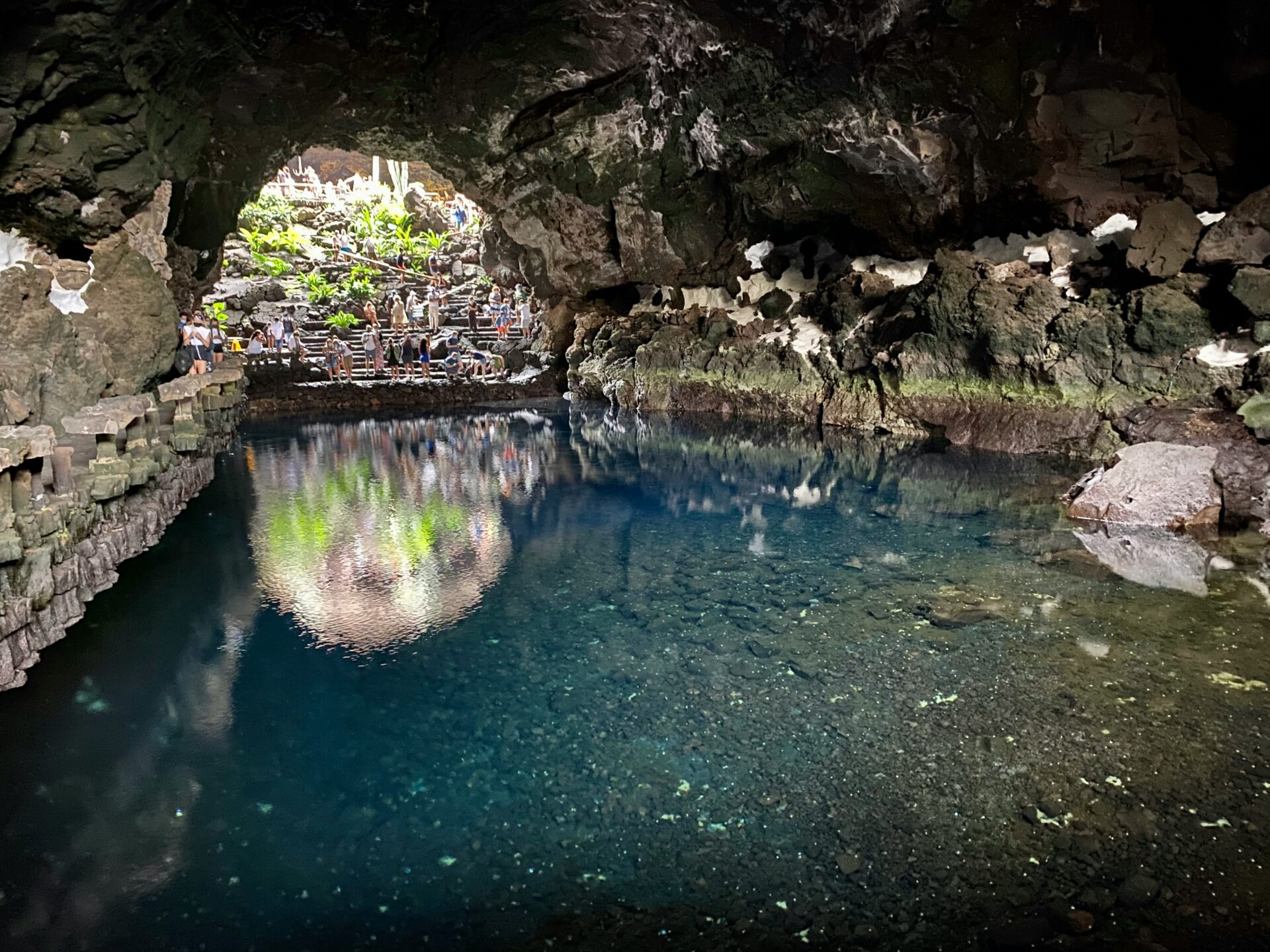
Mirador del Río and La Graciosa Views
Mirador del Río offers absolutely jaw-dropping views and sits just 8 kilometers north of Cueva de los Verdes. The drive up LZ-204? That’s a scenic ride I won’t soon forget.
The viewpoint stands 475 meters above the sea, perched right on the edge. From up there, I could spot La Graciosa island and a handful of tiny islets scattered beyond.
César Manrique designed the viewpoint to melt into the cliffside. From outside, the building almost disappears—pretty clever, honestly.
What Caught My Eye:
- La Graciosa, the “eighth” Canary Island
- Montaña Clara and Alegranza, just floating out there
- The salt flats of Río, gleaming below
- Endless Atlantic blue
Inside, there’s a café with floor-to-ceiling windows. I grabbed a drink, snapped a bunch of photos, and just took in the panorama for a good 45 minutes.

Nearby Attractions and Day Trips
Just about ten minutes south on road LZ-1, you’ll find the village of Haría. Palm trees line the streets, and the whitewashed buildings give off that classic Canarian vibe.
I stumbled into a handful of cozy restaurants in Haría—perfect for a laid-back lunch. If you’re around on Saturday, the local market pops up with handmade crafts and fresh fruit that’s hard to resist.
Northern Route Attractions:
- Punta Mujeres: A sleepy fishing village on the coast (15 minutes away)
- Arrieta: Chill beach town with some of the best seafood spots I’ve tried (20 minutes)
- Mancha Blanca: The main gateway if you’re heading to Timanfaya National Park (about 45 minutes from here)
People usually visit Cueva de los Verdes and Jameos del Agua back-to-back in the morning. Later, Mirador del Río pairs well with a relaxed lunch in Haría.
Honestly, renting a car makes exploring these places a breeze. Buses on the LZ-204 northern route don’t come by too often, so you might end up waiting around if you rely on public transport.

